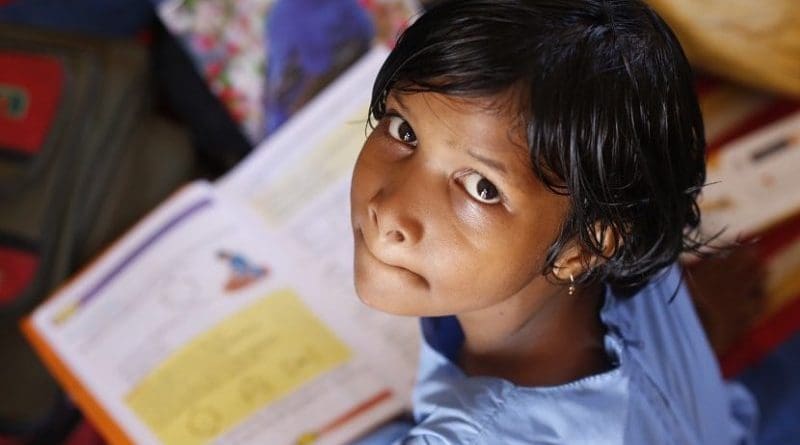Why India Needs A Spur In Domestic Health Innovation – OpEd
By Oxfam India
By Tabitha Ha*
“No child should have to die because their family cannot afford the treatment.” These words from WHO Director General, Dr Tedros Adhanom Ghebreyesus, grounded and inspired participants in the ‘Second World Conference on Access to Medical products; Achieving the SDGs’ hosted last week by the Indian government alongside World Health Organisation India in New Delhi.
The convening of representatives from national and state government of India and from other countries, national and international agencies and civil society was a demonstration of India’s firm and longstanding commitment to access to medicines and innovation. It was an opportunity to celebrate India’s position as the ‘pharmacy of the world’ and as a champion in pushing for access to medicines as a key pillar to achieving Universal Health Coverage (UHC) in India and globally.
But the conference was also a space for serious questions about the barriers to access to medicines. Panellists from the WHO, several Indian ministries including science and technology and health, as well as other experts emphasised that achieving the SDGs requires access to quality health products. Moreover, innovative health products cannot be considered successful if they are too expensive to be used by the patients who need them.
For India’s industry to sustain and further develop its strength, it needs to spur domestic health innovation and to use new models of research and development (R&D). Innovation in middle-income countries does not need to follow in the footsteps of that of advanced economies. Innovation in advanced economies depends on securing monopoly of pharmaceutical companies through intellectual property rules in order to pay for R&D – a system that result in developing medicines at increasingly very high prices.
The conference was an opportunity to understand the entire innovation ecosystem and explore new incentives for R&D that ensure access to the developed health products. For example, governments could consider new models of financing that distribute the resources, risks and rewards rather than relying on high prices to finance R&D. It was also recognised that there needs to be more streamlined regulatory frameworks to enhance medicines authorisation and increase access to quality medical products.
Governments’ investment in R&D is critical to enhancing innovation. Meantime, scaling up public financing for health care is also essential for access to medicine. The cost of medicines represents 42% of the out of pocket spending on health, which increases the financial burden on Indian households. Thus achieving universal health coverage requires an increase in investment in public healthcare schemes, which include covering the cost of medicines for patients.
India is a leading global player in the pharmaceutical industry, pioneering new regulatory platforms and globally supporting new models of innovation that prioritise public health over profit. At the international level such as UN meetings, India is renowned for adamantly pushing for progress on access to medicines. This conference is but another example of India’s commitment to advancing access to innovation. At Oxfam India, we celebrate India’s leadership and look forward to stronger investments in R&D for health products and in public health systems.
*Tabitha Ha is an Advocacy and Campaigns Officer at Oxfam International based in London. She is currently working on Access to Medicines campaign by Oxfam.

